I love maps. Even in the digital age, I still have a print road atlas. I was recently given an Ordnance Survey map of Roman Britain; I haven’t seen one since I was a kid. And, yes, it did cost 7/6 in old money at a time when a standard OS map of your local area was 1/11. And what was the use of a map that was around 2,000 years out of date and cost over three times a modern one?
Apart from the treasure of knowledge within it, the sheer pleasure of laying it out on a table and following in the steps of Romans. No scrolling or zooming in the 1960s, but even with those facilities now, I still prefer the paper version.
So what has this to do with JULIA PRIMA?
I don’t think it’s a spoiler to admit Julia’s going on a journey. 😉 I had the benefit of working it all out on a map when I was writing (and went down several rabbit holes in the process – map thrall). But I realise that my readers would necessarily know the area she travelled through or the Latin names of the towns, villages or rivers. Time for a map!
While royalty-free outlines were available on the Internet, practically all other ones were not. This is how it should be, as it takes a LOT of work to produce maps as I was to find out…
First of all, I printed off an outline of central southern Europe and using modern maps for reference, traced the course of rivers Danuvius (Danube), Dravus (Drava) and Aesontius (Soča/Isonzo) for the first part of Julia’s journey. Once fixed, I could use them as reference for the towns. I spent hours researching the names of what the towns were called in late Roman times. The bigger ones like Virunum, Tergeste (modern Trieste), Aquileia – no problem as I had the wonderful ORBIS and the DARE online maps.
The smaller settlements such as Caporetum (modern Kobarid in mountainous Slovenia) or Vallicula (Barcola in modern Italy) were a bit of a nightmare as sometimes they weren’t on the online map systems and required diving deep into obscure texts to dig out their existence, let alone names. Much joy on finding them! Some places changed their names such as Pietas Julia which was known in the late Empire as Pola (modern Pula).
I gave a chuckle when I found out that the Roman settlement of Pucinum/Castellum Pucinum was today the location for the modern Italian town of Prosecco! A “nobile vinum pucinum” is mentioned by Pliny the Elder in his “Naturalis Historia” as ‘rich in therapeutic properties’ produced ‘in the gulf of the Adriatic Sea, not far from the stony hill of the source of the Timavo river’. In the 1st century, Livia Drusilla, Augustus’s wife is said to have regularly purchased the wine. At the end of her long life (she was 86), she attributed her old age to its regular consumption.
And maps aren’t fun? I rest my case.
I eventually found royalty free physical maps online (Hooray!) so from this stage, I went digital. Using Pixelmator software I turned them into black and white, bringing up the contrast to show mountainous areas. I then transferred all the information from my paper sketches and research onto a high resolution digital version. I only had to draw one river in digitally, the Aesontius, but it does wiggle round the mountains! Next came place names for which I used the trusty text boxes and finally the route which I inserted as dots with the digital pen tool.
Then I went and drank a glass of bubbly (Crémant de Loire which I prefer to Prosecco, may Livia and Pliny forgive me).
Here’s the final result which is the first of three maps in both the ebook and paperback versions of JULIA PRIMA.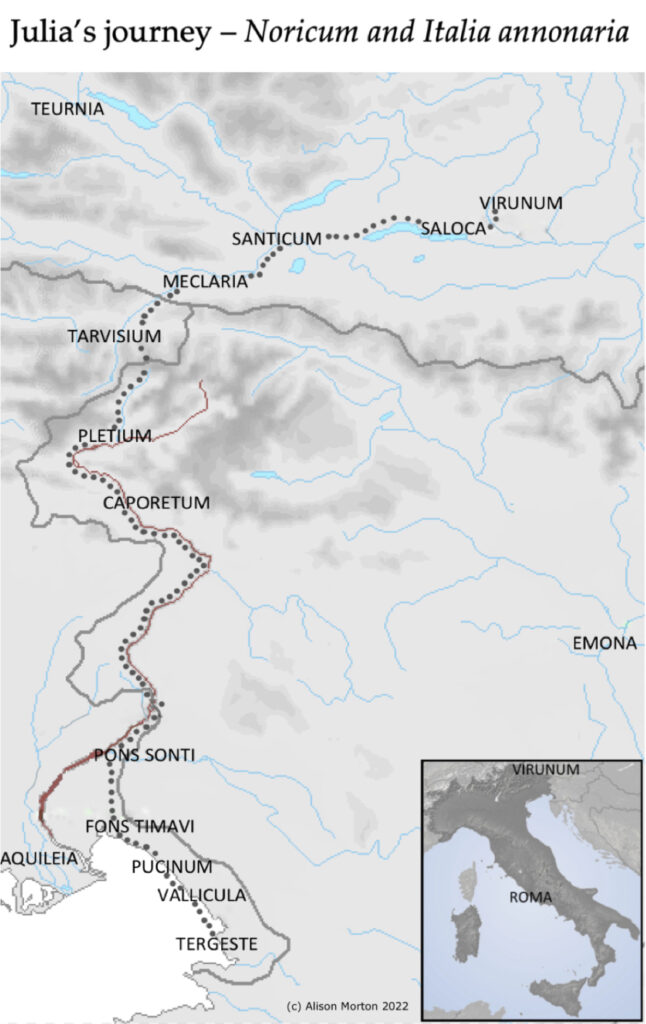
Yes, it was a fair amount of work for an amateur mapmaker, but I enjoy fiddling around on the computer. Putting all those dots in to show the route made my eyes cross over at times!
Then I started on the Italian job…
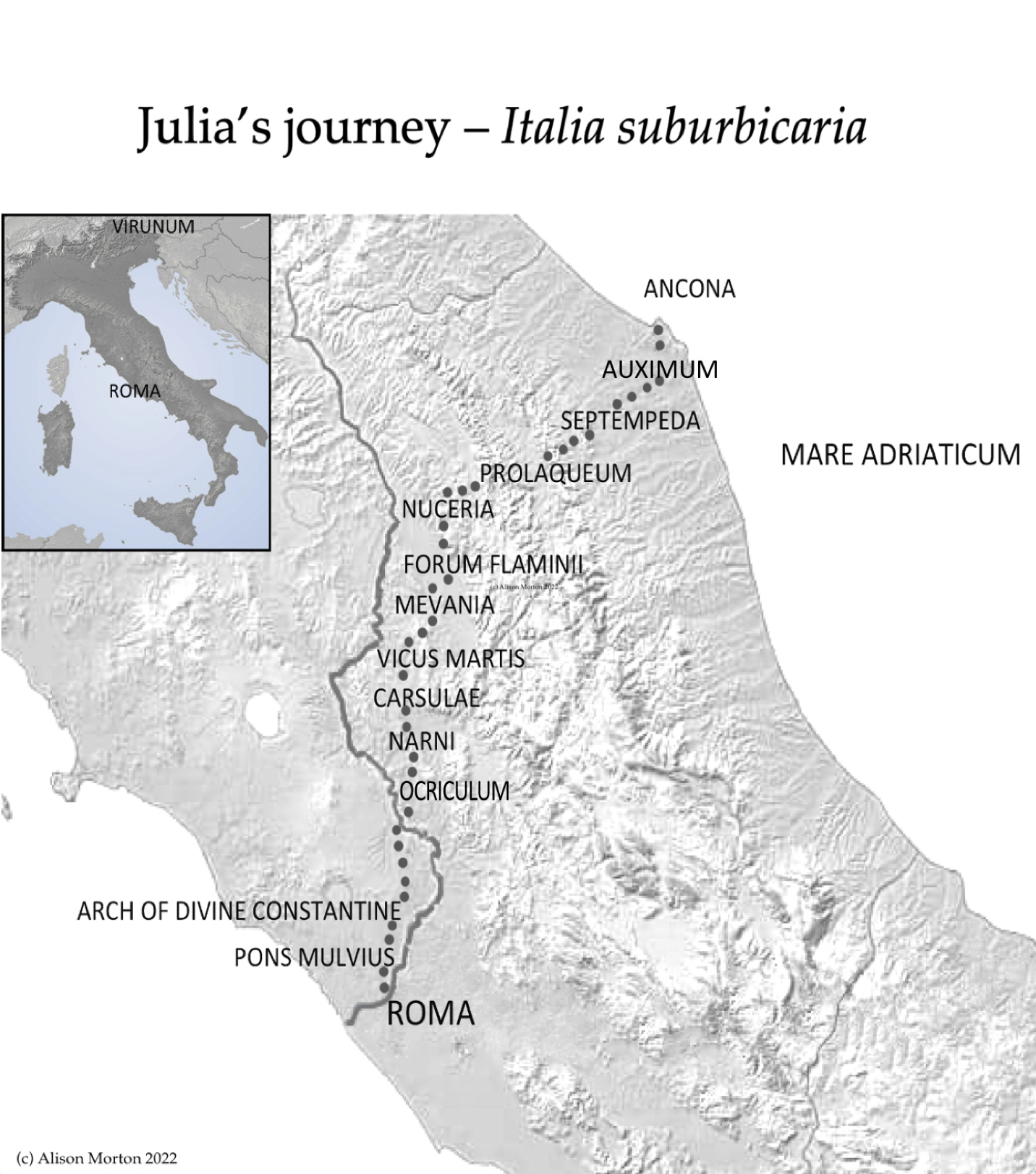
Maps tells us so much about a country. In this instance I wanted to make Julia’s 4th century journey easier to follow for my readers.
And yes, I will be putting a map in my next book EXSILIUM. 😉
Discover more about JULIA PRIMA
Alison Morton is the author of Roma Nova thrillers – INCEPTIO, CARINA (novella), PERFIDITAS, SUCCESSIO, AURELIA, NEXUS (novella), INSURRECTIO and RETALIO, and ROMA NOVA EXTRA, a collection of short stories. Audiobooks are available for four of the series. Double Identity, a contemporary conspiracy, starts a new series of thrillers. JULIA PRIMA, Roma Nova story set in the late 4th century, starts the Foundation stories. The sequel, EXSILIUM, will be out on 27 February 2024.
Download ‘Welcome to Alison Morton’s Thriller Worlds’, a FREE eBook, as a thank you gift when you sign up to Alison’s monthly email update. You’ll also be among the first to know about news and book progress before everybody else, and take part in giveaways.




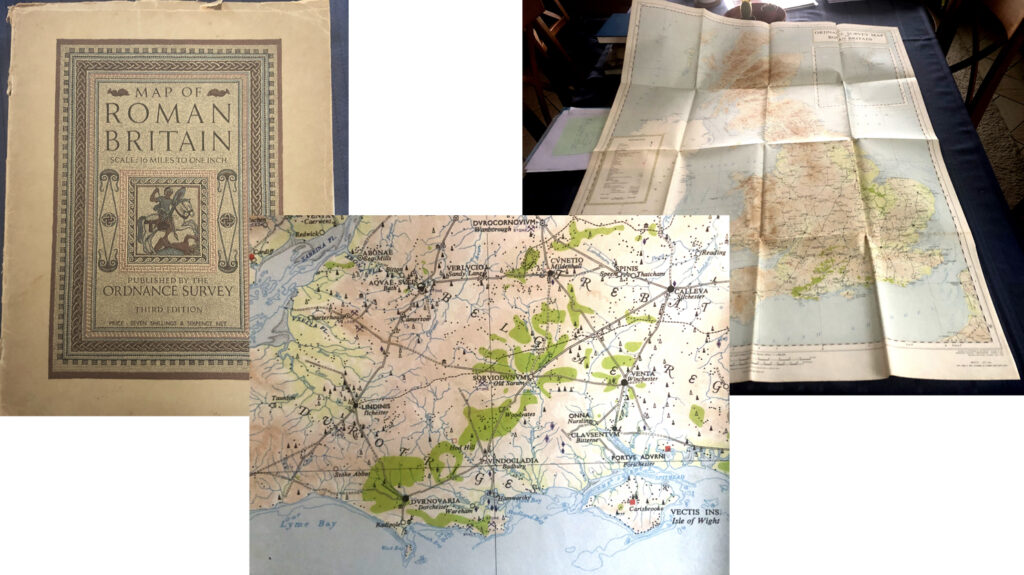
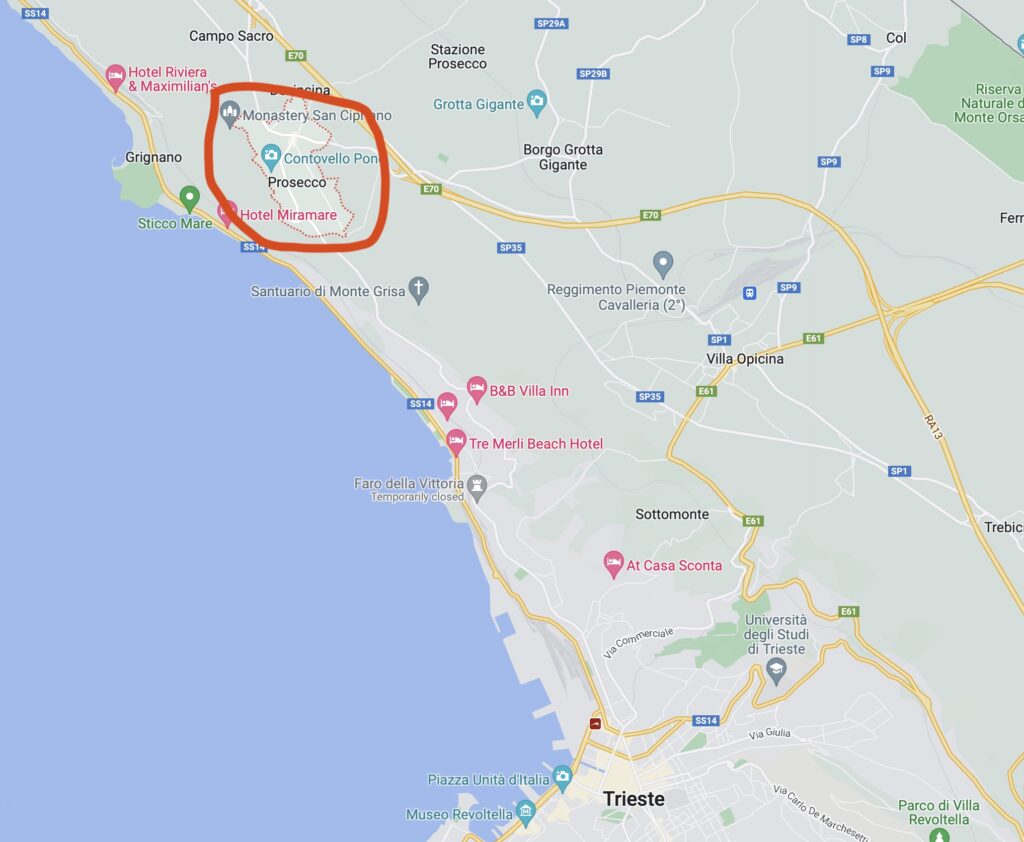
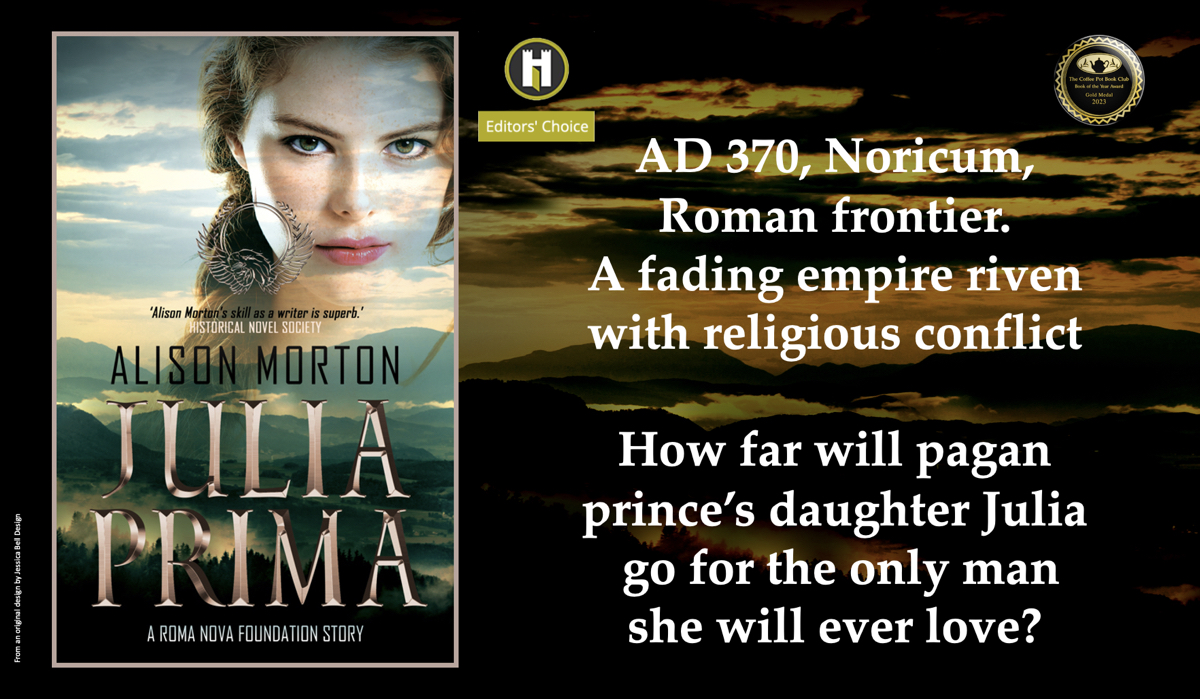









I am a huge fan of maps.
They reveal SO much of human activity!
Delighted you enjoyed this post.